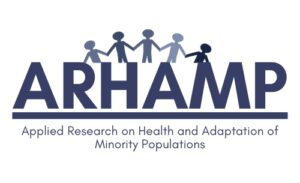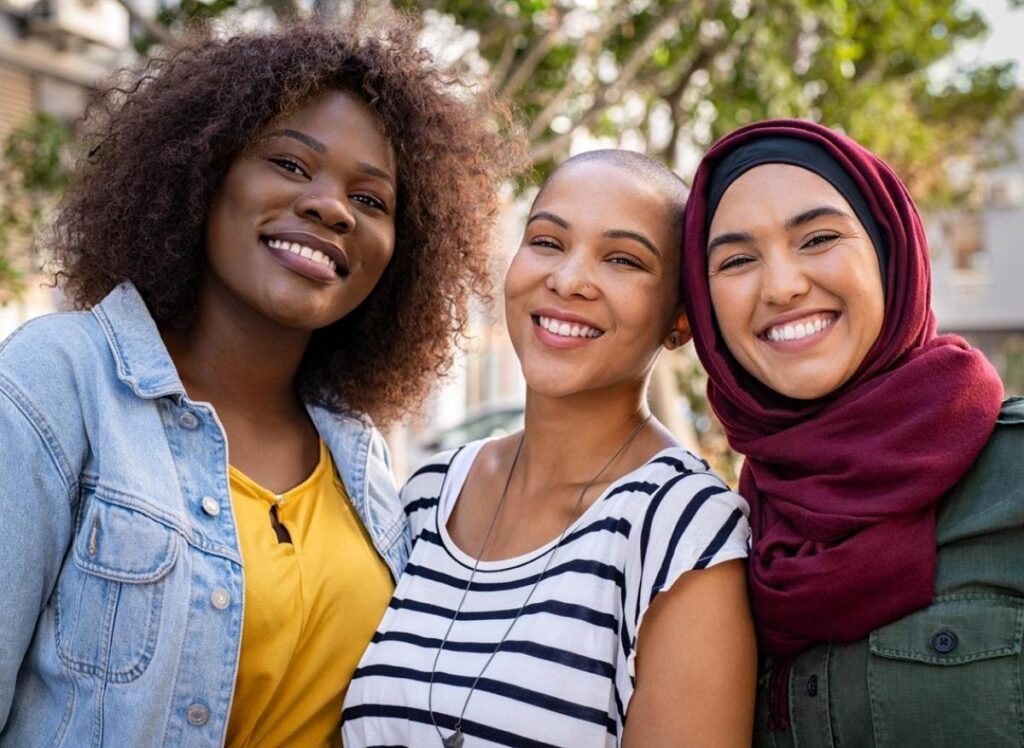

Dr. Adriana Espinosa
Started in 2014, by CCNY’s Dr. Adriana Espinosa, the Applied Research in the Health and Adaptation of Minority Populations (ARHAMP) lab is dedicated to investigating how the social milieu minorities navigate, contributes to their disparate incidence of illness and poor social outcomes.
By facilitating interdisciplinary crosstalk, the lab attempts to bridge the knowledge gap at the intersection of psychology, biology, sociology and economics, with the long-term goal of generating evidence-based interventions that decrease inequality in health and in social outcomes among multiple health disparity populations.
Several ARHAMP projects centralize their focus around the City College student body, which closely resembles the sociodemographic architecture of CCNY’s surrounding Harlem community.
“I looked at emerging adults, most of them coming from, actually all of them coming from City College, because City College is so diverse, and so representative of the populations that I’m interested in.”
Dr. Espinosa is part of the Environmental Prevention Initiative (EPIC) at CCNY, which is a consortium of researchers at CCNY and Columbia University who aim to understand trends in mental health and related factors among City College students. “Our work has proven to be very important for the creation of programs that improve the well-being of CCNY students, who are dealing with a multitude of stressors Covid-related and otherwise. These stressors impede their progress in school and elsewhere,” says Dr. Espinosa. “Among several programs, we have created a peer support system and an online resource page, both of which can help our students develop a self-care plan to deal with stress and other mental health difficulties.”
At the direction of Dr. Espinosa, ARHAMP projects also consider health practices during the adolescent years, a developmental window when maladaptive habits start to take hold. One example of a maladaptive habit that ultimately contributes to health disparities is smoking.
“Smoking is typically ingrained in adolescence years, and prolonged tobacco use has long term health consequences including cancer, heart disease and many others.”
 Research of adolescents informs the design of preventive intervention techniques that can mitigate smoking, alcohol, and substance use. Simultaneously, it can encourage health promoting practices to ensure that as adults, they will make decisions that contribute to their overall well-being as opposed to choosing habit-forming coping strategies that carry with them tremendous health risks and ultimately help drive health disparities.
Research of adolescents informs the design of preventive intervention techniques that can mitigate smoking, alcohol, and substance use. Simultaneously, it can encourage health promoting practices to ensure that as adults, they will make decisions that contribute to their overall well-being as opposed to choosing habit-forming coping strategies that carry with them tremendous health risks and ultimately help drive health disparities.
The ARHAMP lab also takes a closer look at lack of access to treatment as an issue that exacerbates existing health inequalities. Triple Negative Breast Cancer (TNBC) is an aggressive type of breast cancer that disproportionately targets Black and Hispanic women. Equitable access to novel medical treatment for TNBC can be a challenge. In a collaborative project co-led by Dr. Espinosa (CCNY) and Dr. Jutagir (MSKCC), and funded by the CCNY-MSKCC collaborative led by CCNY’s Dr. Karen Hubbard, work at the ARHAMP lab aims to address disparities in access to treatment for TNBC.
“Disparities in access to treatment for TNBC exacerbates the poor outcomes observed among women of color.”
One intervention strategy aimed at improving TNBC-related health literacy among at-risk, low-income women of color involves collaboration with City College’s Branding + Integrated Communications (BIC) graduate program. Digital campaigns have been designed to raise awareness about TNBC and novel treatment options, which according to Dr. Espinosa, “are not widely understood.”
“Enhancing diversity in STEM is one of the key potential solutions to reducing social inequality. Interventions, that help improve both recruitment and retention of underrepresented groups in STEM are imperative.”
Interventions that solely focus on hard skills that improve the chances of getting into a STEM program are not sufficient. After matriculation, Dr. Espinosa explains, efforts to ensure the retention of underrepresented individuals is key. ARHAMP projects in this area consider the psycho-social factors that can hinder or improve the retention of women and other underrepresented groups in STEM. In collaboration with the CiPASS program, Dr. Espinosa assists with the creation of programs that increase the recruitment and retention of students of color in STEM disciplines at CCNY.
In the context of her research, environmental factors are defined as, “discrimination, stigma, micro-agressions, and other socio-cultural stressors.” says Espinosa, “they can happen anywhere no matter where you live.” These stressors pervade the healthcare system, policy, and academia, where they exert forces that erode the health and general well-being of certain sociodemographic groups, more so than others.